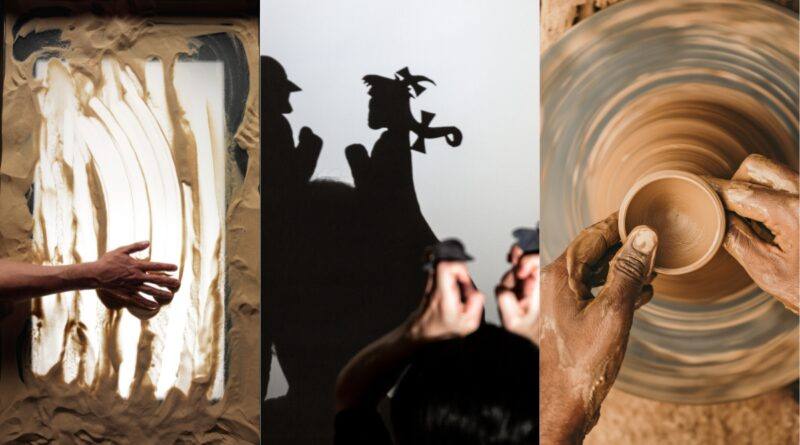India’s Arts: Hidden Treasures Now Shaping The Creative World
India’s Unconventional Arts: Hidden Treasures Now Shaping Global Creative Culture
By WFY Bureau | Section: Art & Culture | June 2025 Edition |The WFY Magazine
When one hears the word “art”, the mind naturally drifts to oil canvases, gallery walls, classical dance, or perhaps the haunting strains of a sitar. But beyond the halo of formal galleries and cultural institutions, a new wave of Indian art is emerging—not new in origin, but in recognition.
These are art forms once considered secondary, rural, or ‘craft-based’, now gaining a global stage, particularly among the younger generation and the Indian diaspora. These arts are tactile, visceral, and often rooted in indigenous storytelling, meditative practice, and sustainable values.
This article celebrates six unconventional Indian art forms that are currently gaining traction, not just in India but across international art circles, diasporic communities, and digital platforms. Their revival represents not only artistic evolution but cultural resilience—and their impact is growing.
1. Pottery: From Ancient Utility to Urban Therapy
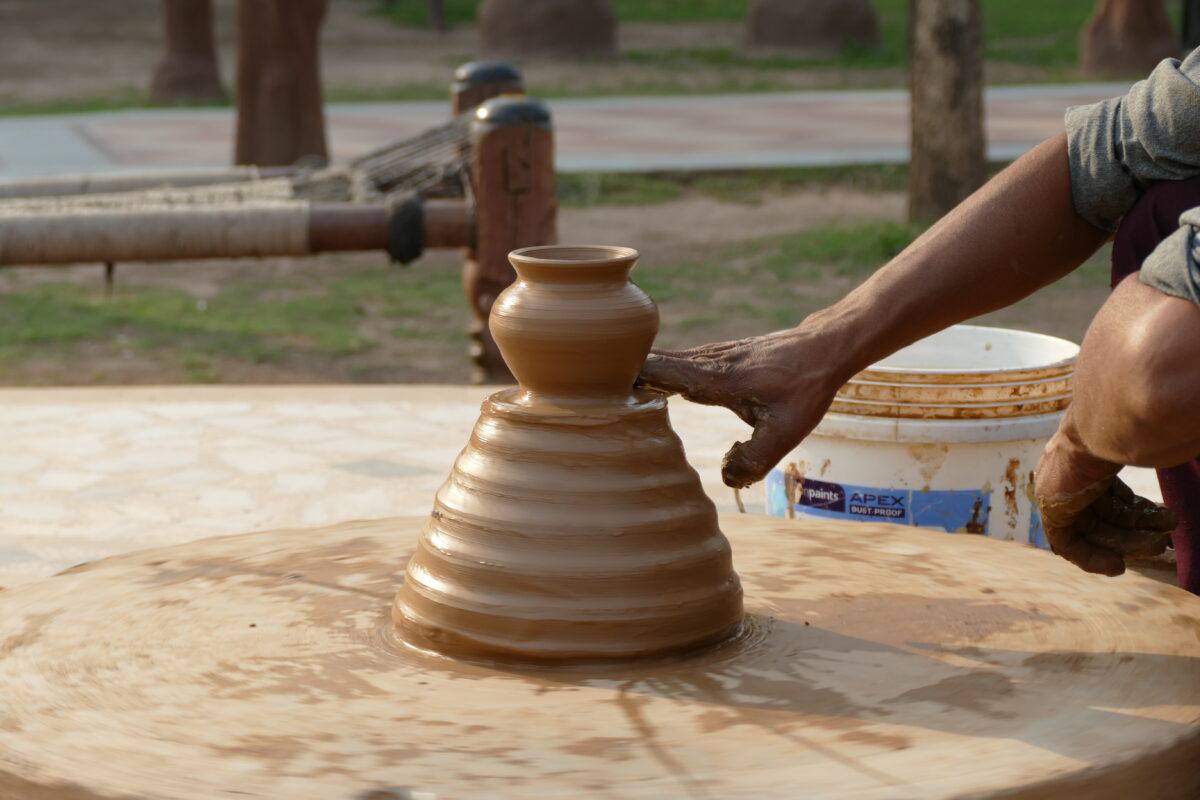
Historical roots: Pottery in India dates back to the Indus Valley civilisation (3300–1300 BCE), evident from excavations in Harappa and Mohenjo-daro. From terracotta idols to water pitchers, pottery was a functional craft practised by rural artisans for millennia.
Modern revival: Fast forward to 2025, and pottery is now being called “clay therapy” by thousands of urban millennials. In metro cities like Delhi, Bengaluru, and Pune, pottery studios have mushroomed offering weekend sessions, memberships, and curated exhibitions. According to a 2023 FICCI report on India’s craft economy, urban pottery workshop attendance grew by 42% over the previous five years.
Diaspora trend: NRIs in the UK and Canada have launched community pottery initiatives using clay from Indian soil, blending identity and creativity. Notably, the Clayroots Collective in Toronto held an exhibition in 2024 titled Soil from Home, drawing over 3,500 visitors.
Why it matters: Pottery is no longer just about form. It is about mindfulness, material connection, and artisanal authenticity—values that the global Indian community is yearning for amidst digitised chaos.
2. Graffiti and Street Art: The Canvas of Resistance and Revival

From taboo to trend: Once dismissed as vandalism, graffiti has now entered the mainstream as a powerful visual language of protest, identity, and joy. In India, the Lodhi Art District in Delhi has become the country’s first open-air public art gallery, with over 60 murals by international and Indian artists since its inception in 2016.
Statistical note: A 2023 report by the India Urban Arts Council found that street art tourism in Delhi alone generated ₹28 crore in local economic activity annually, including guided tours, merchandise sales, and community workshops.
Global spotlight: Indian-origin graffiti artists like Shrishti Sharma in Berlin and Rohan Khatri in New York are gaining acclaim for blending Indian motifs—lotus patterns, script from regional languages, and mythological figures—with hip-hop and protest culture.
Why it matters: Graffiti is democratising art. It brings it to the street, to the public, and to the people—no ticket, no gallery, just bold, public imagination.
3. Papermaking: From Industrial Process to Artisan Revival
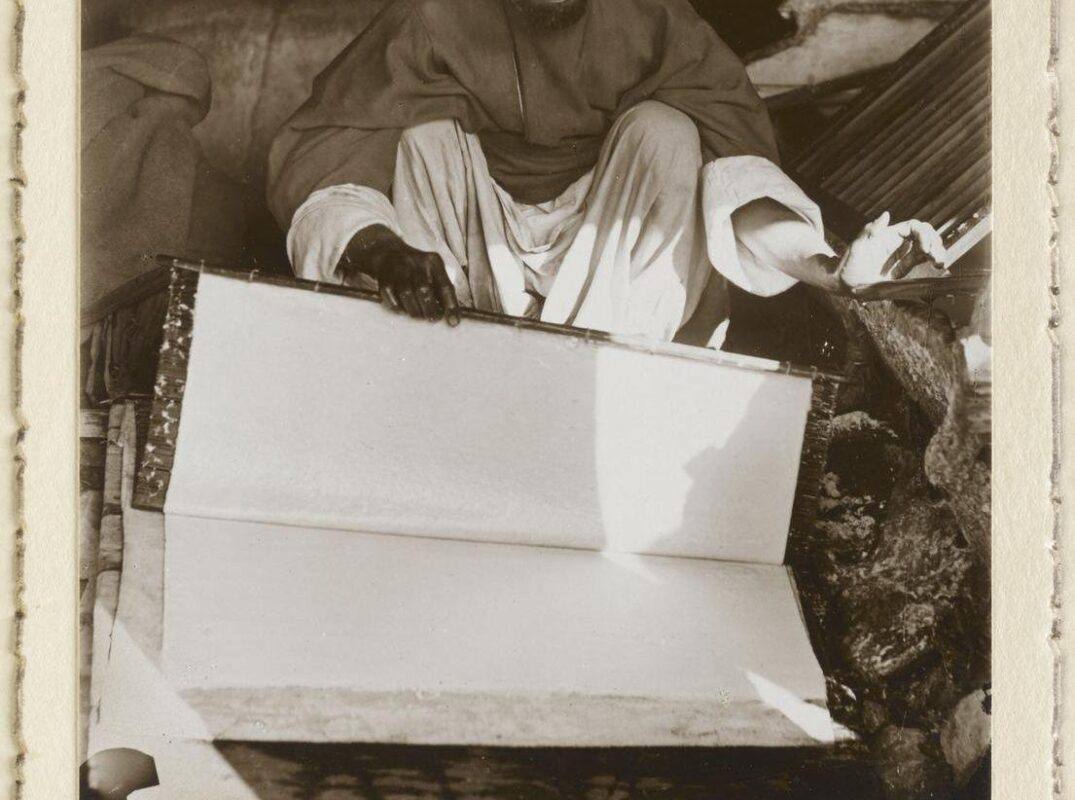
What it was: Papermaking was long seen as an industrial function—mechanical, chemical, and commercially driven.
What it is becoming: Today, artisanal papermaking is experiencing a renaissance. Handmade paper studios in Rajasthan, Sikkim, and Tamil Nadu are producing textured, fibrous sheets embedded with flower petals, cotton threads, and natural dyes.
Digital influence: The hashtag #HandmadePaperIndia has garnered over 4 million views on Instagram and YouTube combined in the past 12 months, largely driven by DIY enthusiasts and eco-conscious creators.
Diaspora note: NRIs in Australia and the UK have begun exporting Indian handmade paper for boutique stationery, wedding cards, and bookbinding. In 2023, the Craft Paper Exchange in Melbourne reported a 200% increase in imports of Indian handmade paper compared to 2021.
Why it matters: Artisanal papermaking promotes sustainability, slow living, and artistic customisation, offering a counter-narrative to mass-produced digital ephemera.
4. Sand Art: Ephemeral Beauty That Speaks Volumes

Ancient echoes: Sand art has spiritual significance in India, especially in the form of rangoli, kolam, and mandala drawings, which are created daily at thresholds as blessings and protection symbols.
Modern marvels: But what began as floor art has now taken sculptural forms. The globally acclaimed Indian sand artist Sudarsan Pattnaik from Odisha has won over 30 international awards, including the prestigious People’s Choice Prize at the World Sand Sculpture Championship in the U.S. His work often conveys urgent themes—climate change, peace, or refugee crises.
Tourism and economy: According to the Odisha Tourism Development Corporation, Puri Beach’s annual sand sculpture festivals attract over 8 lakh tourists, contributing to a 12% boost in seasonal local economy.
Why it matters: Sand art’s beauty lies in its impermanence—a metaphor for life and a testament to human skill. It is art that vanishes, but never truly disappears from memory.
5. Puppetry: From Tradition to Contemporary Commentary
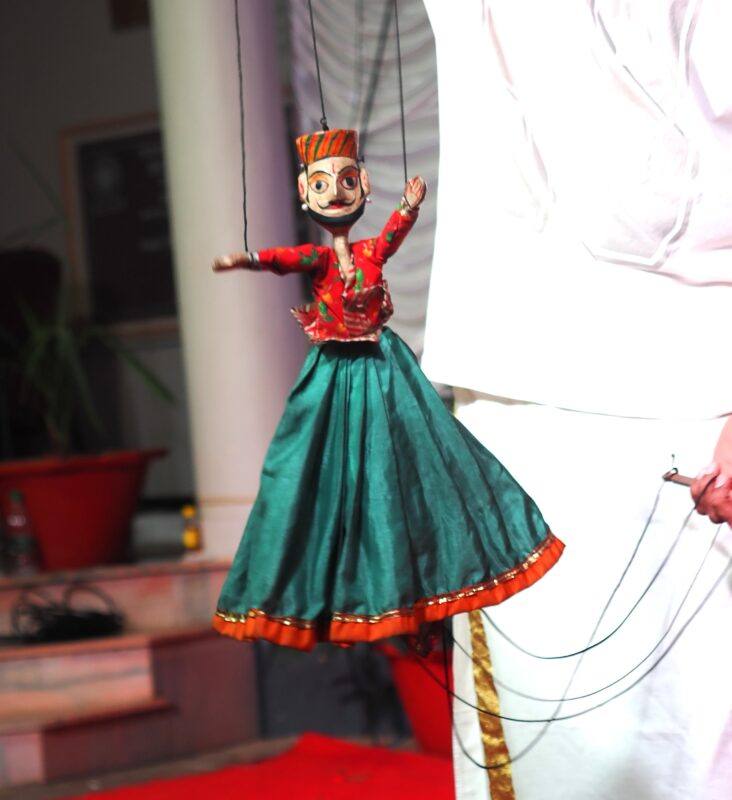
Cultural roots: India has over 12 distinct puppetry traditions, including Kathputli (Rajasthan), Tholu Bommalata (Andhra Pradesh), and Gombeyatta (Karnataka). Traditionally used to narrate mythological tales, puppetry was once a village-centric performance art.
New forms, new themes: Modern puppeteers are addressing contemporary topics—climate anxiety, caste discrimination, gender equality—through hybrid performances that mix puppetry with animation, shadow theatre, and live music.
Stat update: UNESCO’s Intangible Heritage Listing has now included Andhra Pradesh’s shadow puppetry (Tholu Bommalata), leading to a 37% increase in international grants for Indian puppetry in 2022, as per Ministry of Culture data.
Diaspora watch: Puppeteers of Indian origin in the U.S. are using Indian puppetry styles in school curricula, DEI workshops, and social justice events, notably through collectives like Voices in Thread and Desi Dolls Project.
Why it matters: Puppetry is no longer for children—it is a medium of cultural negotiation, carrying ancient rhythms into urgent modern conversations.
6. Ventriloquism: Voice, Illusion, and the Power of Presence
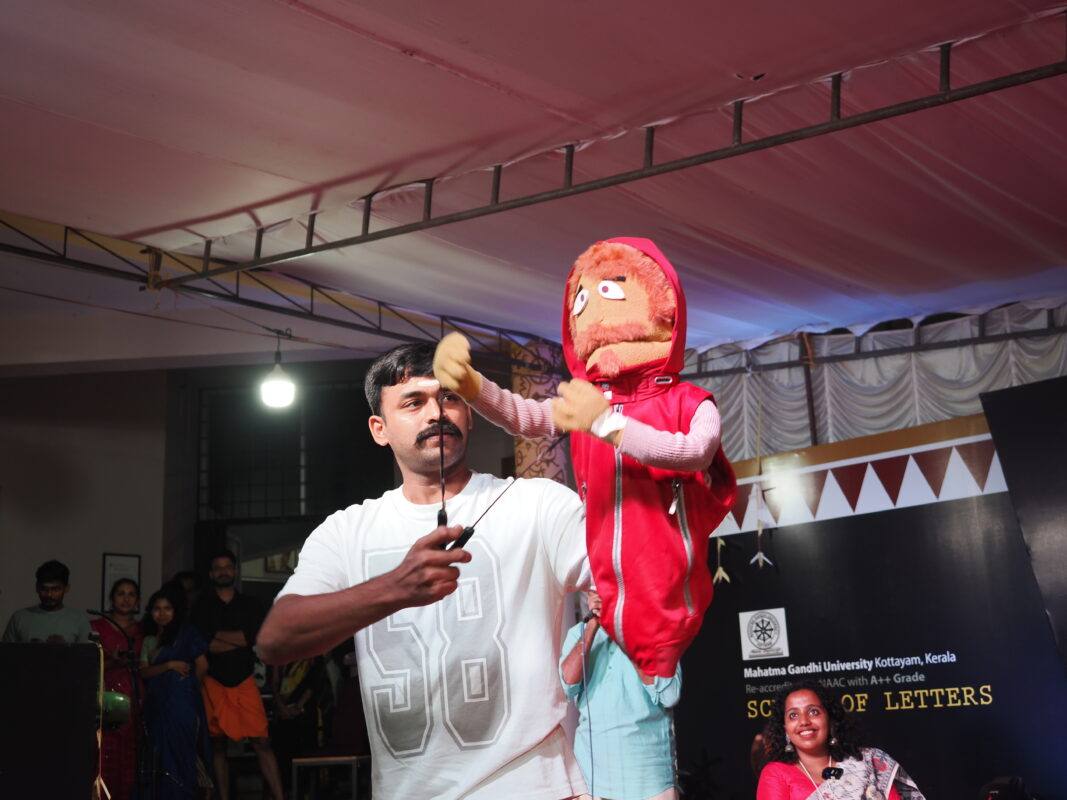
A rare craft: Even in India, ventriloquism remains a niche art, often misunderstood or confined to talent shows. But this illusion-based performance is gaining renewed interest thanks to viral performances and spiritual endorsements.
The moment of fame: When ventriloquist Rahul Mishra performed before Premanand Maharaj’s darbar, it not only impressed religious circles but introduced this art to spiritual and rural audiences—many seeing it live for the first time.
Global intrigue: Indian-origin performers like Aman Kapoor (UK) and Priya Mohan (Canada) are combining ventriloquism with stand-up comedy, educational storytelling, and intercultural dialogues.
Stat spotlight: YouTube content tagged “Indian ventriloquism” has seen a 64% rise in views over the past two years, largely driven by diaspora creators blending language humour, cultural commentary, and skilled performance.
Why it matters: Ventriloquism is one of the most intimate performing arts—a conversation where one person becomes two, where voice becomes story, and where silence is masterfully controlled.
Concluding Thoughts: The Soul of Indian Art is Expanding Its Canvas
What links pottery, graffiti, papermaking, sand art, puppetry, and ventriloquism? They are intimate. Tactile. Rooted. Personal. And they are finally being seen.
In a hyperconnected world, these arts offer touch in an era of screens, story in an age of data, and roots in a time of drift.
For the Indian diaspora, especially second- and third-generation youth, these unconventional art forms offer a way back—not just into heritage, but into personal expression that speaks multiple languages: of tradition, identity, sustainability, and transformation.
And perhaps, that’s what art has always been—not what we display, but what we carry.


